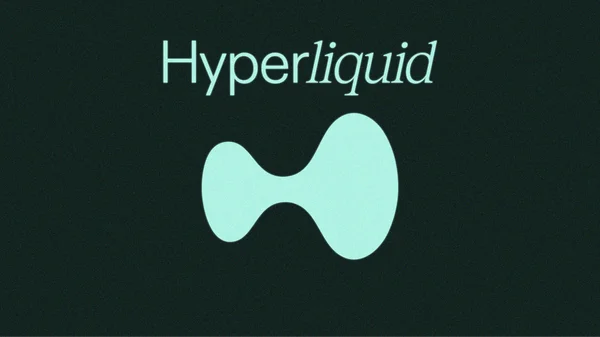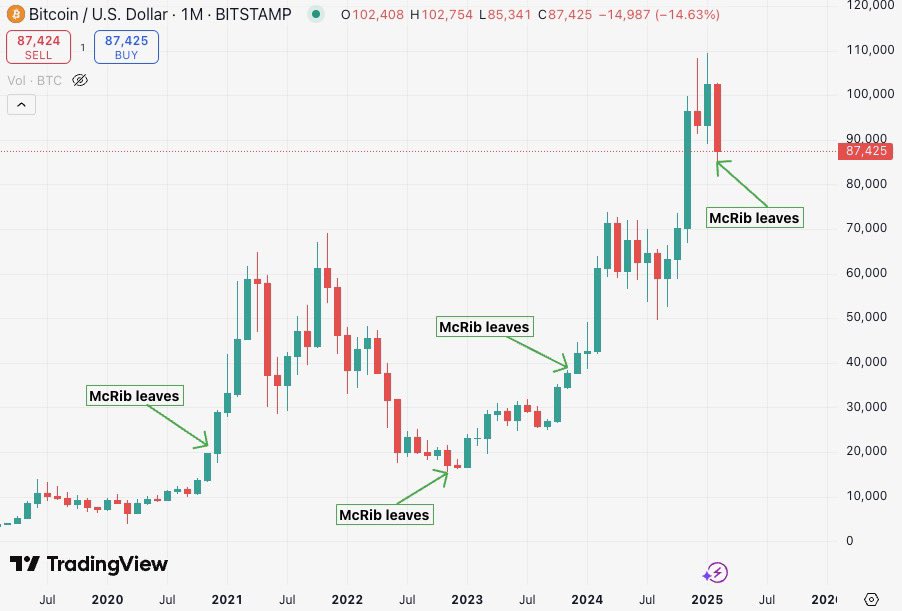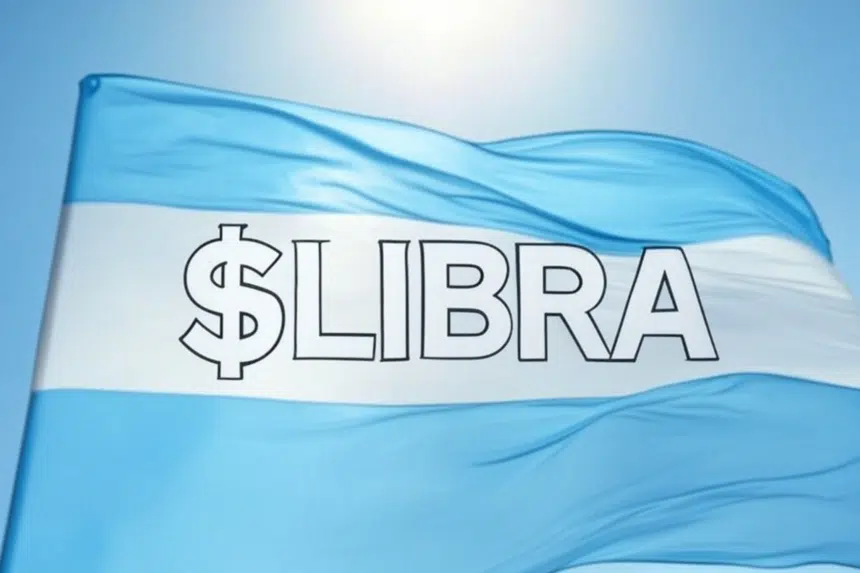Breaking News

Popular News






Enter your email address below and subscribe to our newsletter
Stay On Top

The cryptocurrency landscape has witnessed many dramatic stories, but few have been as swift and tumultuous as the rise and fall of LIBRA, Argentina’s ill-fated meme coin. Launched on February 14, 2025, with an endorsement from Argentine President Javier Milei, LIBRA soared to astonishing heights within hours, only to collapse spectacularly by the end of the day, leaving a trail of financial wreckage and a cautionary tale about the perils of speculative crypto ventures.
LIBRA’s ascent began with a tweet from Milei’s official X account, promoting the Solana-based token as part of the “Viva La Libertad Project,” a private initiative purportedly aimed at stimulating Argentina’s economy by funding small businesses and startups. The tweet, posted at 5:01 PM ET, triggered a frenzy among traders, driving LIBRA’s market capitalization to a peak of $4.56 billion within hours. The project’s website, hastily created just before the launch, promised a noble cause, but lacked transparency in tokenomics and ownership details, raising early red flags among cautious observers. Despite these concerns, the initial hype propelled LIBRA to a fully diluted valuation of $4.5 billion, fueled by speculative buying and the allure of Milei’s political endorsement.
However, the euphoria was short-lived. By February 15, 2025, cracks in LIBRA’s foundation began to emerge as on-chain analysts uncovered troubling details. Blockchain analysis from firms like Lookonchain and Bubblemaps revealed that 82% of LIBRA’s token supply was concentrated in a single cluster, with insiders extracting massive profits. Eight wallets linked to the project team withdrew approximately $107 million, including 57.6 million USDC and 249,671 SOL (worth nearly $50 million), through liquidity manipulation and fee claims. This insider activity, coupled with the removal of $87.4 million from liquidity pools, caused LIBRA’s price to plummet over 90%, erasing $4.4 billion in market capitalization in less than 11 hours.
Milei quickly distanced himself from the project, deleting his initial tweet and issuing a statement on February 15, claiming he was unaware of the project’s details and had no connection to it. His retraction, however, did little to stem the fallout, as the crypto community and investors reeled from the collapse. The incident sparked widespread outrage, with accusations of a pump-and-dump scheme and calls for accountability. Some experts suggested Milei’s endorsement might have violated Argentina’s Penal Code, potentially exposing him to legal consequences, though no formal charges have been confirmed as of this writing.
The fall of LIBRA has had broader implications for the crypto market, particularly for meme coins and politically affiliated tokens. The rapid collapse affected not only LIBRA investors but also the overall market, with losses exceeding $6 billion during the downturn. It reignited debates about the risks of speculative projects, drawing comparisons to other failed meme coins like the Central African Republic’s CAR token. Industry figures like Andre Cronje of Sonic Labs criticized the trend, arguing that meme coin traders often disregard blockchain fundamentals, while others, like SlowMist’s Yu Xian, demanded legal repercussions for those responsible.
In retrospect, LIBRA’s rise and fall serve as a stark reminder of the volatility and risks inherent in the cryptocurrency space, particularly with tokens lacking transparency and fundamental value. For Argentina, a country grappling with economic challenges, the episode has cast a shadow over the potential of blockchain solutions, highlighting the need for rigorous due diligence and regulatory oversight. While the fallout continues to unfold, LIBRA’s brief existence has left an indelible mark on the crypto narrative, cautioning investors and regulators alike about the dangers of unchecked speculation.